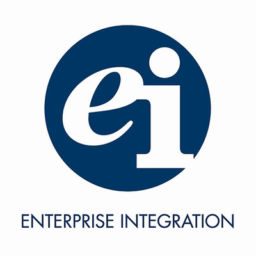In the past 6 months, as a result of the global pandemic, most organizations have temporarily closed their physical offices and established a work-from-home policy for their employees. Additionally, the economic slowdown in numerous industries has forced many companies to lay off or furlough employees. This shift to a remote workforce as well as reductions in staff have created both challenges and opportunities from an IT Asset Management (ITAM) perspective. The transition to work-from-home actually began long before the pandemic, particularly in industries such as high technology, so some organizations have had the luxury of a head start in creating their ITAM processes for managing remote assets.
Managing IT assets is a lot easier when they reside in physical offices. The assets are visible and can be inventoried physically when they are not connected to a network and can be changed or repaired by the onsite IT staff. Now that most companies have sent their employees home (at least temporarily), IT Asset Managers must be much more diligent about tracking and managing employee hardware and software. Using a reliable discovery tool to find IT assets when they are connected to a network has never been as critical, as well as the capability to manage the assets throughout their lifecycle.
With employees working from home, how will requests for new hardware as well as repairs be most productively managed? Many organizations are looking into onsite vending-like machines or Automated Stockrooms where employees can pick up the new assets they requested or leave off a computer, such as laptop or notebook, to be repaired. Employees can also acquire peripherals such as keypads and mice from these lockers. Companies are placing these machines in geographically strategic offices.
Many organizations are realizing the benefits of work-from-home such as increased productivity due to the removal of commuting time, and quality of life, so they are considering transitioning to a permanent remote workforce. These companies are choosing to close their offices and not renew their leases and will be left with many IT assets that will need to either be disposed, resold, or donated to schools or charities.
For companies that have had to lay off employees, this creates opportunities for cost savings and avoidance through:
- Hardware asset re-use. When an asset is returned, assign it to another employee if it is in good condition and not at end-of-life.
- Software license harvesting. When a hardware asset is returned, many of the software licenses residing on it should be able to go into a pool of licenses to be re-assigned.
- IT Asset Disposal or resale. If a hardware asset is obsolete or at end-of-life, it should be disposed of in an ecologically safe manner in which some parts can be recycled. Some hardware may still have value and can be sold.
- Software contract and maintenance analysis. If the number of licenses required or being used has decreased, perform an analysis to determine what software is really needed and how maintenance can be reduced, which can be re-negotiated with the software publisher.
In this evolving business climate, evaluate the impact on your ITAM program, address the challenges and capitalize on any opportunities for cost savings.
With the reality of COVID becoming apparent early in 2020, companies were forced to quickly make critical adjustments to minimize any disruptions in their business. Now, to empower organizations to move from a reactive project to a proactive and sustainable program, Eracent is offering a no-cost 90-day subscription to help quickly identify everything that is running on your network along with any known vulnerabilities.
Please contact Eracent so we can answer any questions on how our IT Asset Management solution can help you!

– by William Choppa
William Choppa is the President of Eracent. He has almost twenty years’ experience helping clients meet their ITAM and SAM challenges with his knowledge of technical solutions and business process best practices.





